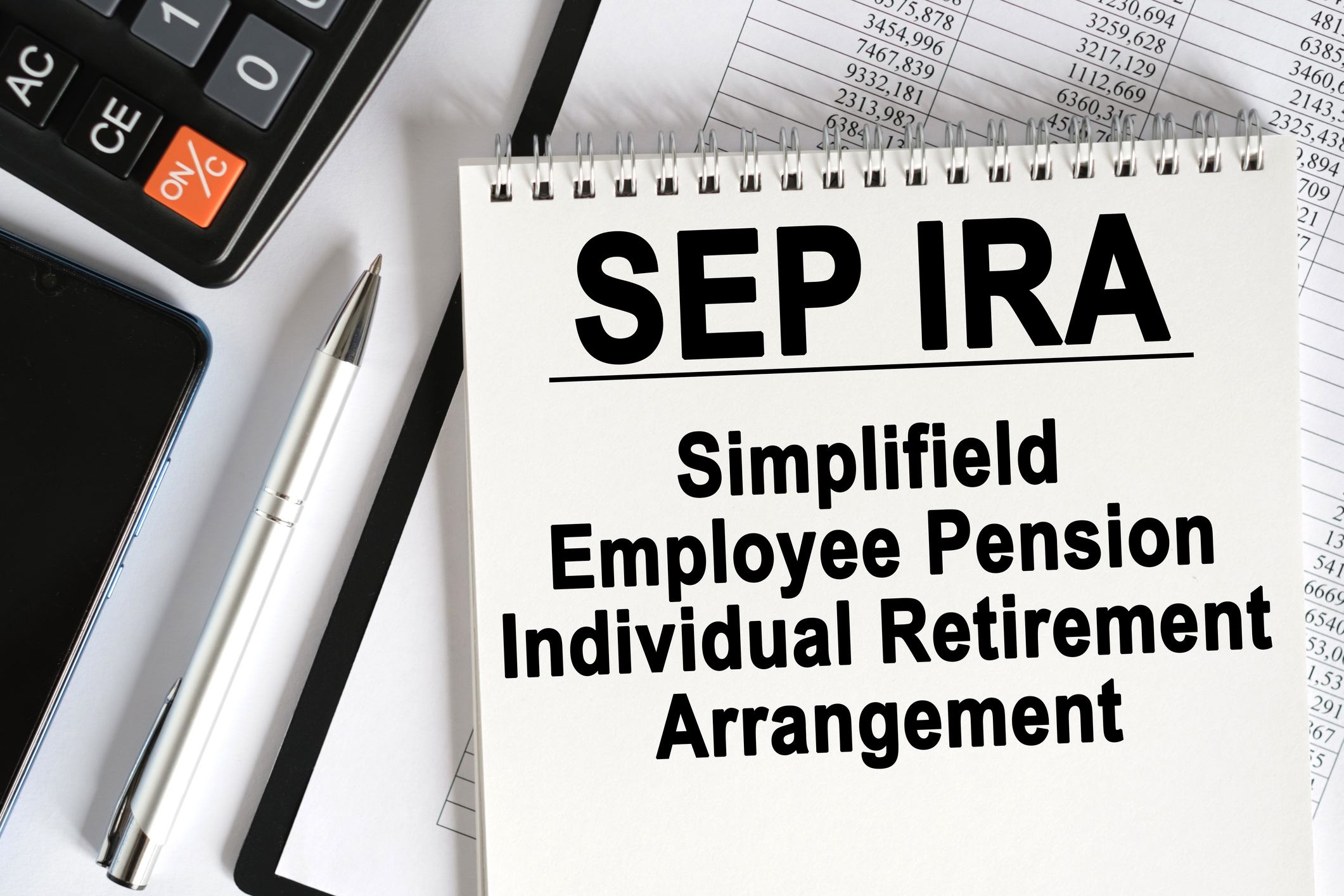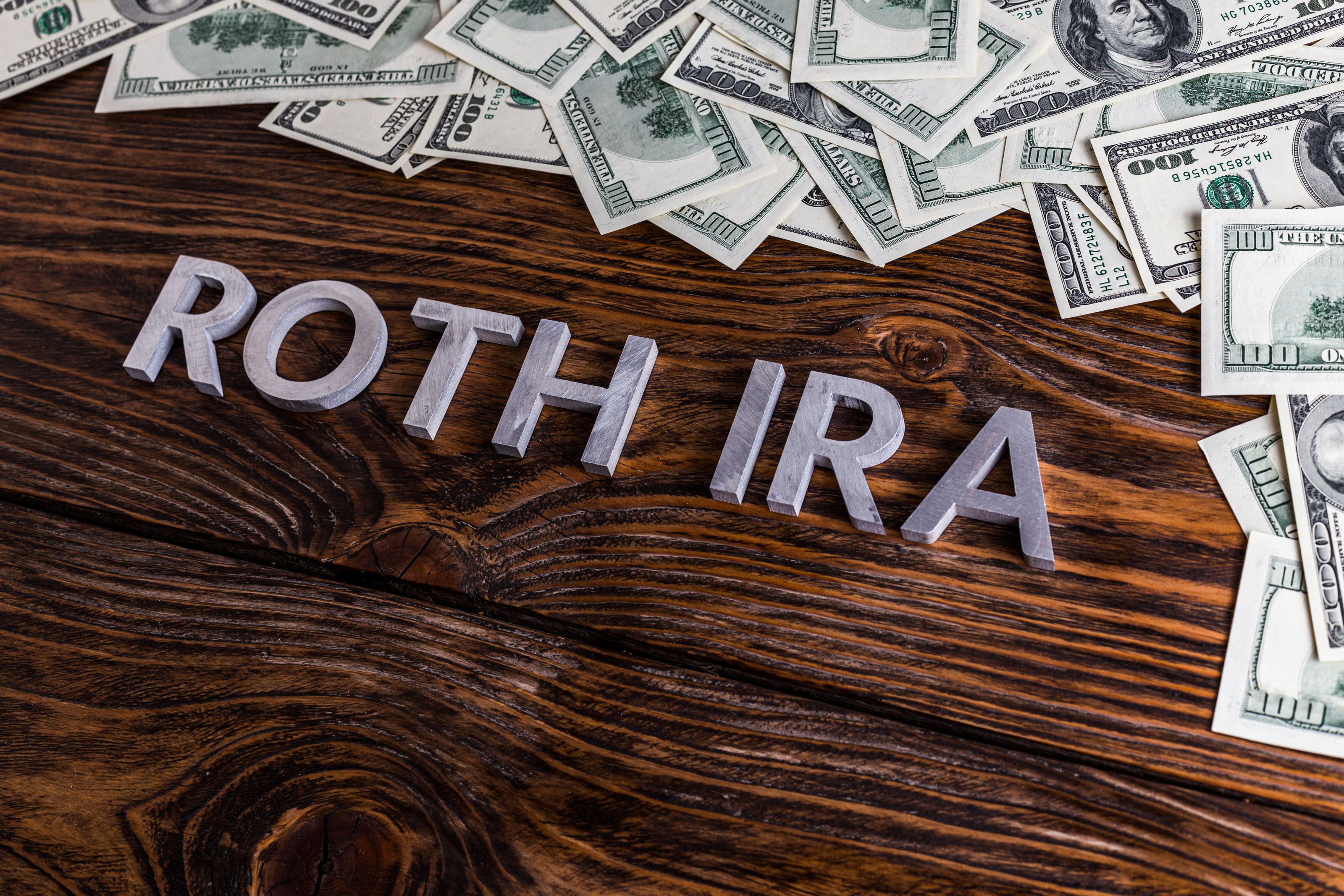Resist the Urge to Cash Out
When your goal is 20 years away, stand your ground.

OUR READER
WHO: Matt Nelson, 39
WHERE: Atlanta
From just $107.88 $24.99 for Kiplinger Personal Finance
Become a smarter, better informed investor. Subscribe from just $107.88 $24.99, plus get up to 4 Special Issues

Sign up for Kiplinger’s Free Newsletters
Profit and prosper with the best of expert advice on investing, taxes, retirement, personal finance and more - straight to your e-mail.
Profit and prosper with the best of expert advice - straight to your e-mail.
QUESTION: Should he keep most of his retirement money in stocks, or move it to a money fund?
After suffering through the great bear market, Matt can't help but wonder if he's doing all he can to maximize his retirement savings.
The father of 5-year-old twin daughters, Hadley and Sutton, Matt has several retirement accounts, including a 401(k), a rollover IRA and a Roth IRA. He and his wife, Jenny, have saved close to $200,000. But Matt, director of financial planning and analysis at Cox Enterprises, a giant national cable company, worries that he won't have enough to exit the workforce when he wants -- at age 60.
"The direction of the market is troubling," he says. "For months, I watched my nest egg shrink every day." In March and early April, he and other investors finally caught a few breaks.
Like many people, Matt is still worried about keeping most of his retirement stake in stocks. So, while he continues to contribute new money to stock funds in his 401(k), he's considering moving to cash the $200,000 he and Jenny have already saved -- in essence, starting a new stock-fund allocation from zero.
Matt doesn't see this as trying to time the market -- although it is. "If I miss a bounce, I'll be kicking myself," he says. Fortunately, he didn't miss the March-April rebound. If he had, he'd have missed out on perhaps $30,000 in gains -- serious money.
That's why Matt should keep his investments in place. It's natural to second-guess yourself after Standard & Poor's 500-stock index loses 57%, as it did from peak to trough. But it's unwise to redo your portfolio in a knee-jerk fashion. "It has been a tough period, but this happens every 15 to 20 years," says Don Humphreys, president of Voyager Wealth Management, in Harrington Park, N.J. "This is the worst time to be selling because we're at the bottom."
It's nearly impossible to guess market swings in the short run. If Matt were to give up, there's no guarantee he'd be better off in bonds or real estate. In fact, history shows that stocks outperform bonds over time. Even with the huge drop from October 2007 through March 2009, T. Rowe Price calculates that over rolling 20-year periods since 1926, stocks have returned 11% annually, on average. Money-market funds? Just 4%.
Matt also has time to recoup his losses. Price advises that investors close to age 40 should have 90% to 100% of their retirement kitty in stocks. Cautious advisers would say 75%. Almost none would suggest that Matt zero out his stock allocation. To gauge his plan, Matt can use the retirement calculator at Kiplinger.com.
Stuart Ritter, a financial planner at T. Rowe Price, likens Matt's desire for drastic action to that of a soccer goalie who jumps to one side of the goal to block a penalty kick. Research shows that although goalies jump 94% of the time, they'd be better off sticking to the middle. The trouble is, a "bias for action" takes over.
It's the same with investing. Unfortunately, "we don't know what the future holds," says Ritter. "To be sure of your investments, do the same thing you should do in soccer: Stay focused on your position."
Profit and prosper with the best of Kiplinger's advice on investing, taxes, retirement, personal finance and much more. Delivered daily. Enter your email in the box and click Sign Me Up.
-
 Samsung Galaxy S25 Ultra for $4.99 a Month: A Closer Look at Verizon’s Deal
Samsung Galaxy S25 Ultra for $4.99 a Month: A Closer Look at Verizon’s DealVerizon’s aggressive pricing makes Samsung’s top-tier phone tempting, but the real cost depends on your plan and how long you stay.
-
 I'm 59 with $1.7 million saved and lost my job. Should I retire?
I'm 59 with $1.7 million saved and lost my job. Should I retire?We asked professional wealth planners for advice.
-
 4 Times to Say Yes to a Roth Conversion and 4 Times to Say No
4 Times to Say Yes to a Roth Conversion and 4 Times to Say NoRoth conversions should never be done on a whim — they're a product of careful timing and long-term tax considerations. So how can you tell whether to go ahead?
-
 457 Plan Contribution Limits for 2026
457 Plan Contribution Limits for 2026Retirement plans There are higher 457 plan contribution limits in 2026. That's good news for state and local government employees.
-
 Medicare Basics: 12 Things You Need to Know
Medicare Basics: 12 Things You Need to KnowMedicare There's Medicare Part A, Part B, Part D, Medigap plans, Medicare Advantage plans and so on. We sort out the confusion about signing up for Medicare — and much more.
-
 The Seven Worst Assets to Leave Your Kids or Grandkids
The Seven Worst Assets to Leave Your Kids or Grandkidsinheritance Leaving these assets to your loved ones may be more trouble than it’s worth. Here's how to avoid adding to their grief after you're gone.
-
 SEP IRA Contribution Limits for 2026
SEP IRA Contribution Limits for 2026SEP IRA A good option for small business owners, SEP IRAs allow individual annual contributions of as much as $70,000 in 2025, and up to $72,000 in 2026.
-
 Roth IRA Contribution Limits for 2026
Roth IRA Contribution Limits for 2026Roth IRAs Roth IRAs allow you to save for retirement with after-tax dollars while you're working, and then withdraw those contributions and earnings tax-free when you retire. Here's a look at 2026 limits and income-based phaseouts.
-
 SIMPLE IRA Contribution Limits for 2026
SIMPLE IRA Contribution Limits for 2026simple IRA For 2026, the SIMPLE IRA contribution limit rises to $17,000, with a $4,000 catch-up for those 50 and over, totaling $21,000.
-
 457 Contribution Limits for 2024
457 Contribution Limits for 2024retirement plans State and local government workers can contribute more to their 457 plans in 2024 than in 2023.
-
 Roth 401(k) Contribution Limits for 2026
Roth 401(k) Contribution Limits for 2026retirement plans The Roth 401(k) contribution limit for 2026 has increased, and workers who are 50 and older can save even more.